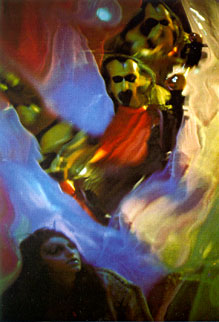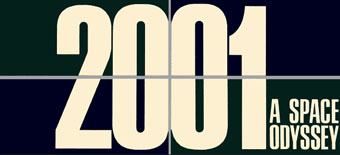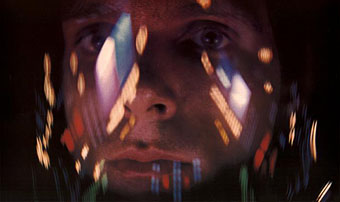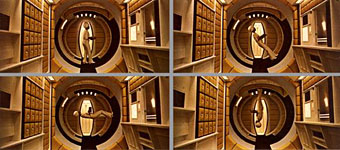
This wonderful poster was designed by Andrzej Bertrandt for the Polish release of Andrei Tarkovsky’s 1972 film of the novel by Stanislaw Lem. Lem didn’t like the film, referring to it as “Crime and Punishment in space”, which is a fair description seeing as it’s filled with the same lengthy moral discussions as Tarkovsky’s other films.
There are more posters and pictures at the great Tarkovsky site Nostalghia.com. Also lengthy quotes and interviews about all his films:
I don’t like science fiction, or rather the genre SF is based on. All those games with technology, various futurological tricks and inventions which are always somehow artificial. But I’m interested in problems I can extract from fantasy. Man and his problems, his world, his anxieties. Ordinary life is also full of the fantastic. Life itself is a fantastic phenomenon. Fyodor Dostoievsky knew it well. That’s why I want to focus on life itself—everyday, ordinary. Because within it anything can happen. My Solaris is not after all true science fiction. Neither is its literary predecessor. What counts here is man, his personality, his very persistent bonds with planet Earth, responsibility for the times he lives in. I don’t like your typical science fiction, I don’t understand it, I don’t believe in it. The fact is when I was working on Solaris I was concerned with the same subject as in (Andrei) Rublev. Human being. These two films are only separated by the time the action is taking place.

 ANNOUNCING THE AKASHIC RECORD DVD SERIES – A BASTET EXCLUSIVE
ANNOUNCING THE AKASHIC RECORD DVD SERIES – A BASTET EXCLUSIVE



